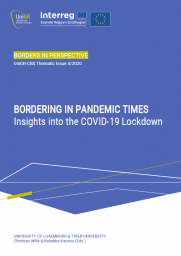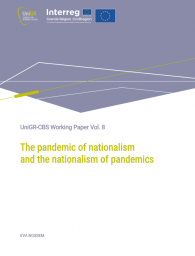Working Paper Vol. 15
The paper aims to recognize the changes in the barriers to cross-border educational projects, especially in the context of the COVID-19 pandemic. The research focused on the European borderlands, where the level of maturity of cross-border cooperation is diverse (the Franco-German and Polish-Czech borderlands). The author utilised qualitative research methods (desk research, in-depth interview, case study). An exploratory study covered the barriers existing before the pandemic that stayed stable or have changed during the pandemic, and the new types of barriers that have appeared then. Within both borderlands, the identified barriers were similar in general; however, their intensity was varied. The key difference was the approach to these barriers within each borderland. On the Franco-German border, cross-border cooperation is more complex and deeper, and on the Polish-Czech border, it is more superficial and focused on specific issues only. These differences reveal the solutions that should be implemented to mitigate the impact of the pandemic on those projects within each borderland.




